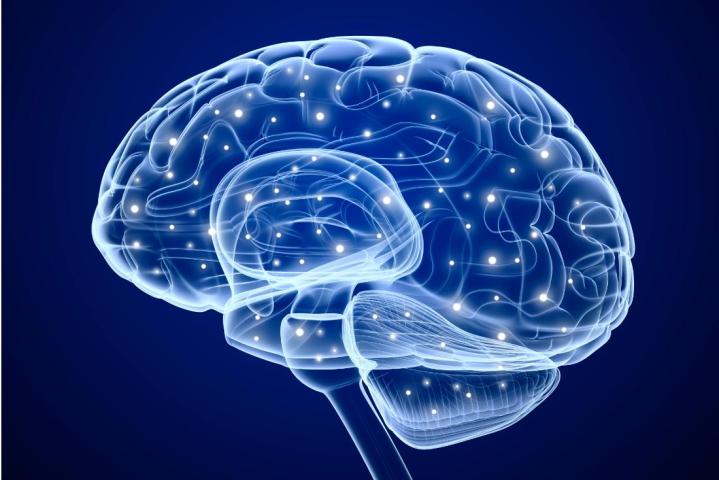
Using software, the team developed a simulation that mimicked the functionality of these place and grid cells. As their name implies, place cells recognize places in a person’s environment. They were fist discovered by John O’Keefe in the early 1970s, who found that a specific set of cells in the hippocampus fired whenever a mouse encountered the same spot in a given area. Grid cells work alongside these place cells to provide location information, but they are much different. Located in the entorhinal cortex, these cells fire in a grid and are used to provide spatial information about a person’s location in space.
This software system developed by the Singapore team provided the robot with an ability to navigate around a 35-square-meter office space using only the recall ability of artificial place cells and the 3D positioning information of the simulated grid cells. The team let a robot loose in their office space and confirmed that the software-based solution does indeed work in a manner similar to the biological version.
Researchers hope this research could lead to improvements in the navigation system of robots, especially autonomous ones that must adapt to changes in their environments with minimal human interaction. “Artificial grid cells could provide an adaptive and robust mapping and navigation system,”said Haizhou Li, lead author and professor at A*STAR. They also hope this breakthrough will assist researchers studying the human brain. It could potentially be used as a simulator to test predicted neural response before conducting the experiment on rats.



